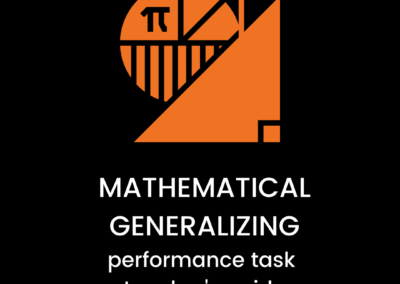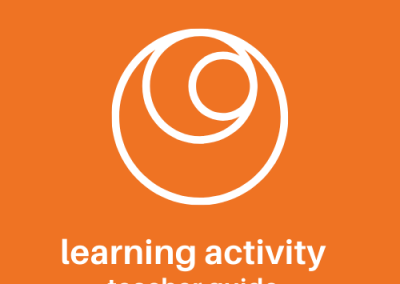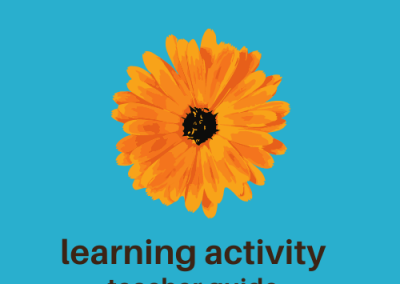Predict-O-Gram
This activity, which has been adapted from Johns and Lenski’s Improving Reading: Strategies and Resources (2001), asks students to use a list of words or concepts to make a prediction about how the author may actually use them in texts. They verify or revise their predictions as they read the text.
CONTENT AREA
LEARNING MODALITY
LEARNING CYCLE STAGE
Preparation
- In order for students to effectively practice close reading strategies, choose a text that is complex in its use of words and depth of ideas.
- Select four or five words or concepts from the reading that students may have difficulty understanding. Generate student-friendly definitions for each word or concept.
- Provide a graphic organizer for students.
- Determine student pairs.
Activity Steps
1
Introduce reading to students by providing background information on the author and topic to be explored.
2
Think-Pair-Share: Based on background information about the author and topic, ask students to make a prediction: · After reading the title, what do you think this reading will be about? · What do you think the author’s purpose is for writing?
3
After students have shared their responses, provide them with the list of definitions and concepts from the reading and the graphic organizer.
4
Perform a think-aloud in which you model the first prediction.
For example, “Based on what I know about the author’s life, I predict he/she might use this concept or word in the text to show….”
4
Ask students to make a prediction on how the author may use the word or explore a concept before they read.
These predictions must be expressed in complete sentences. Consider the following sentence stems: · I predict the author will show that… · I predict this word will be used in reference to…
6
Provide students with time to read and annotate the text. Tell them to star the word or concept as they read.
7
After individually writing in their graphic organizers how the author used the word, ask students to discuss with their partner: · How did the author use this word in their writing? · How was the author’s usage similar or different to what you initially
You may want to model for students how you find the word and examine how the author used the word in the text, and/or provide students sentence starters for this part of the work. Students should be asked to find the sentence or passage with the word or concept and compare it to their prediction.
8
Ask students to verify or change their original predictive statement based on what they read.
9
Reflection: How did making predictions about the target words or concepts help you better comprehend the text?
Students can reflect orally or in writing, in pairs, groups, as a class, or individually.

























